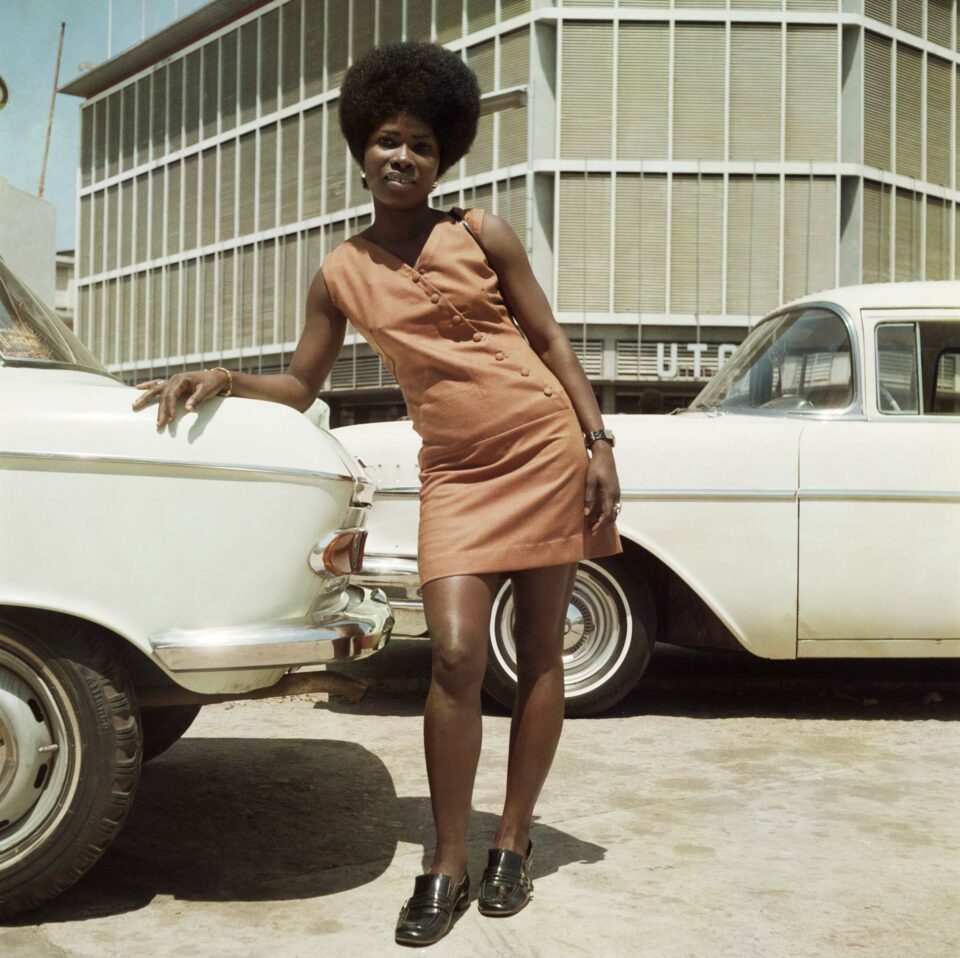“The story of Tropical Modernism is one of colonialism and decolonisation, politics and power, defiance and independence; it is not just about the past, but also about the present and the future,” says Christopher Turner, Curator at London’s Victoria and Albert Museum. The gallery has just opened a new show about Tropical Modernism, an architectural approach that emerged in the 1940s across Asia, Africa, Latin America and the Pacific Islands. It blended modernist principles with local vernacular traditions: taking 20th century International Style structures – with their focus on balance and minimalism – and adapting them to equatorial weather conditions, climates and cultures. Tropical Modernism has roots in colonialism, but it also had an important role to play in independence; it was eventually reclaimed and harnessed as a tool to build national identity by newly-independent countries like India and Ghana. Now, V&A tackles the legacy of this complex international movement, navigating decolonisation through an architectural lens. It also asks: in an era of climate crisis and global heating, might Tropical Modernism serve as a useful guide?

V&A’s show starts off with monochrome photographs and archival documents from London’s Architectural Association (AA) and the Royal Institute of British Architects (RIBA). They introduce British duo Jane Drew (1911-1996) and Maxwell Fry (1899 -1987), who, during the 1940s, were stationed in the Gold Coast, now Ghana. Their work was largely designed for the comfort of British administrators, or to allay calls for independence. It took a rather surface-level approach to cultural inclusion – incorporating abstract forms found in African masks and sculptures, but doing little else to celebrate national pride. Drew and Fry are cited as responsible for International Modernism – a colonial architecture – and their list of projects includes Mfantsipim School in Cape Coast, and a Community Centre in Accra. V&A draws attention to their utopian Modern approach, but also pays homage to the African architects, including Theodore Shealtiel Clerk and Peter Turkson, who worked alongside them but are rarely recognised.
In 1947 – following 300 years of British colonial rule – India became autonomous and was in need of an administrative centre. As a response, Prime Minister Jawaharlal Nehru (1889-1964) commissioned Drew and Fry to design the new capital Chandigarh. They called in acclaimed French architect Le Corbusier (1887-1965), whose large-scale construction became the country’s first modernist project. Yet again, it was an example of European voices shaping key infrastructure in the region, whilst local talents were pushed to the sidelines. V&A takes notice of the achievements of Indian architects who joined the Chandigarh team, including Aditya Prakash, and Sikh model maker Giani Rattan Singh, who worked with Le Corbusier to translate his drawings into three dimensions. What happened next is notable: “There was a battle between modernists, who advocated an international, avant-garde approach to architecture that radically departed from the past, and revivalists, who wanted architecture to be more clearly Indian.”

Ghana was also navigating this middle ground. Following liberation in 1957, the country’s prime minister Kwame Nkrumah (1909 -1972) decided to reclaim and reappropriate Tropical Modernism as a symbol of internationalism and progressiveness. Nkrumah invited Ghanaian architects, like Victor Adegbite, who had moved to the US, to build beacons for his idea of a free and united Africa. He established an architecture school that allowed a future generation of architects to be trained at home, rather than abroad, and a new law ensured all major construction projects were led by Ghanaian architects. Adegbite designed Accra’s Black Star Square, also known as Independence Square, which was completed in 1961.
James Barnor’s (b. 1929) famous photograph of a shop assistant, taken in 1971, sums up the spirit of independence and the legacy of Tropical Modernism. In the background, a building appears with a refined shading system on its façade, signalling one of the distinct characteristics of movement: passive cooling systems like solar shading or brise soleil. Looking forward, V&A asks, could these strategies be harnessed in response to the unfolding climate catastrophe? In this show, architecture comes alive. It is loaded with meaning – telling stories of struggle, resistance and triumph, and offering lessons for tomorrow.
Tropical Modernism: Architecture and Independence | V&A, London | Until 22 September
Words: Fruzsina Vida
Image credits:
1. Film still of Unity Hall, KNUST, Kumasi by John Owuso Addo and Miro Marasović – for ‘Tropical Modernism – Architecture and Independence’ © Victoria and Albert Museum, London
2. Film still of Mfantsipim School, Cape Coast by Fry, Drew _ Partners – for ‘Tropical Modernism – Architecture and Independence’ © Victoria and Albert Museum, London
3.Le Corbusier in Chandigarh with the plan of the city and a model of the Modular Man, his universal system of proportion, 1951 © FDL, ADAGP 2014
4.Sick Hagemeyer shop assistant as a seventies icon posing in front of the United Trading Company headquarters, Accra, 1971 © James Barnor. Courtesy of galerie Clémentine de la Féronnière





